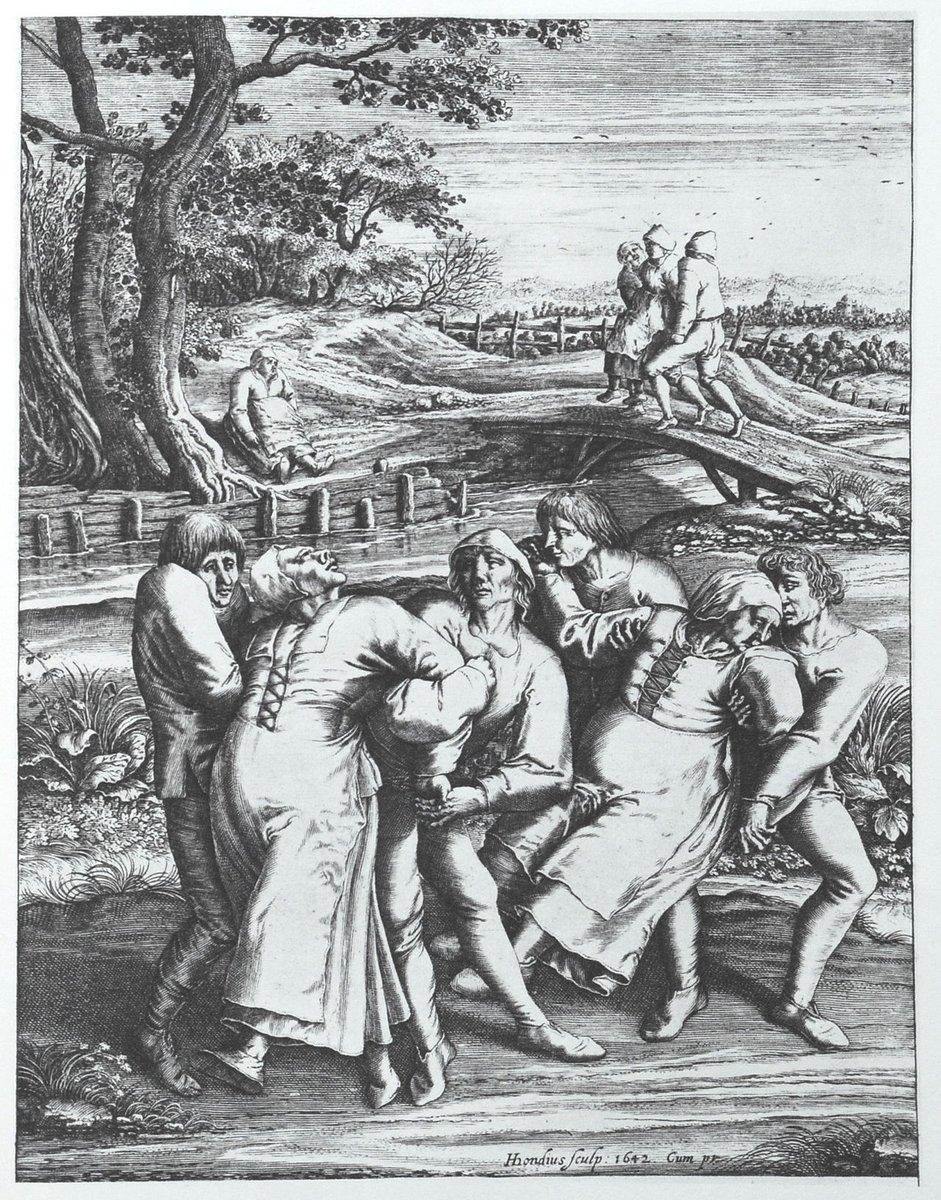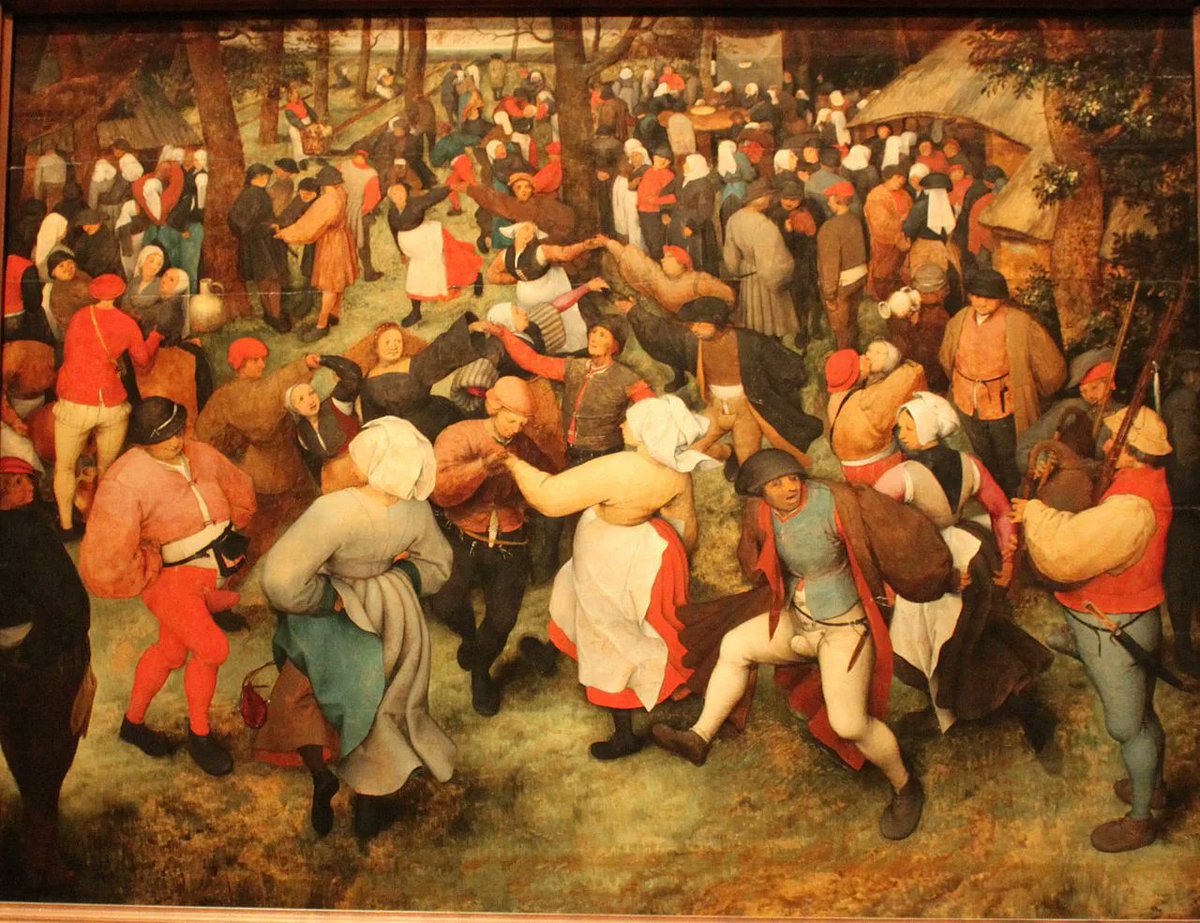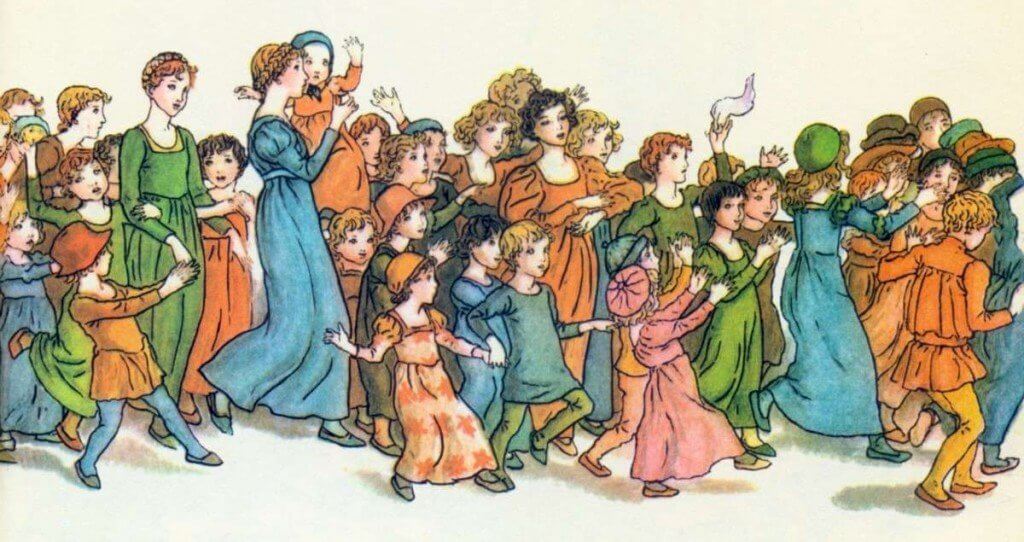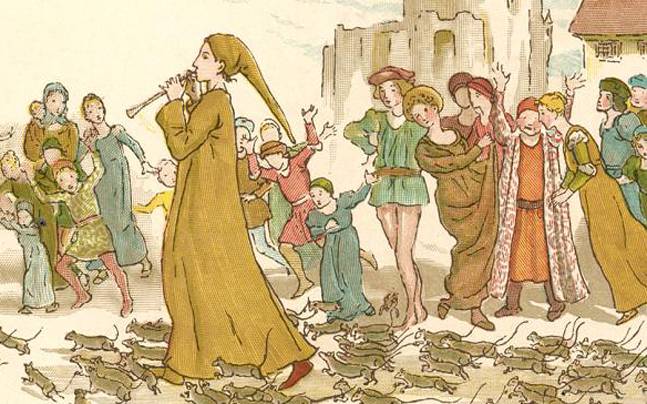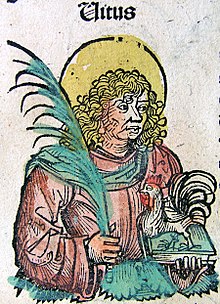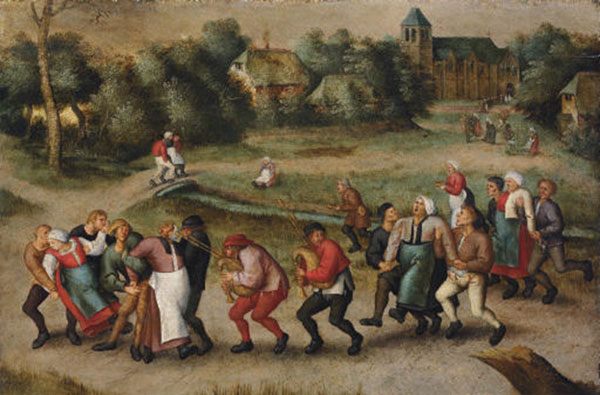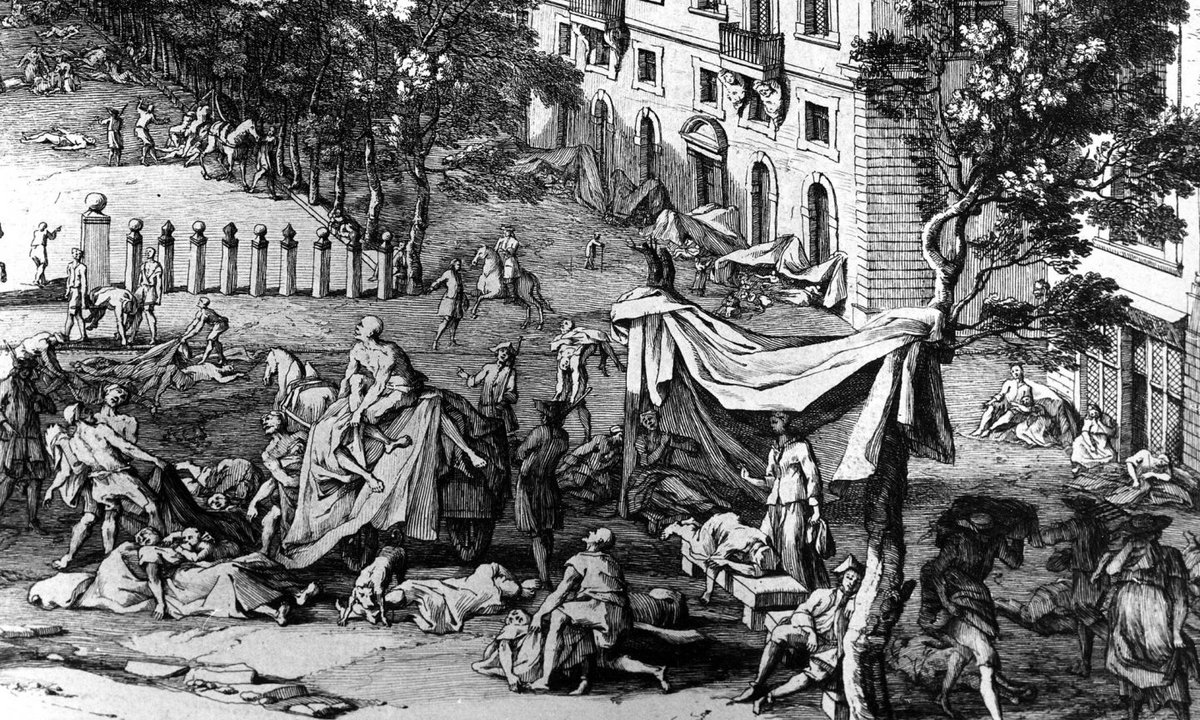[THREAD]
1/12
In the summer of 1518 somewhere in Strasbourg, Alsace (in modern France), a certain Frau Troffea broke into an impassioned, spontaneous dance that would last days and kick-start what came to be known as the Dancing Plague of 1518.
1/12
In the summer of 1518 somewhere in Strasbourg, Alsace (in modern France), a certain Frau Troffea broke into an impassioned, spontaneous dance that would last days and kick-start what came to be known as the Dancing Plague of 1518.
2/12
Plague because although it started with her, many more joined in soon, first the women then even men. So far, nobody& #39;s quite sure what caused it. At once point the plague was claiming 15 lives a day. By the time it ended, sources say up to 400 lay dead.
Plague because although it started with her, many more joined in soon, first the women then even men. So far, nobody& #39;s quite sure what caused it. At once point the plague was claiming 15 lives a day. By the time it ended, sources say up to 400 lay dead.
3/12
Theories explaining the phenomenon range from ergot poisoning to stress-induced psychosis, each with their own shortcomings. Over 7 cases of similar mass hysteria have been recorded in medieval Europe, all of them from the same region, along the Rhine and Moselle rivers.
Theories explaining the phenomenon range from ergot poisoning to stress-induced psychosis, each with their own shortcomings. Over 7 cases of similar mass hysteria have been recorded in medieval Europe, all of them from the same region, along the Rhine and Moselle rivers.
4/12
Depending on the text, these outbreaks have been called various names including St. Vitus& #39; Dance, St. John& #39;s Dance, and tarantism. While it& #39;s hard to say how many and why, all contemporary papers agree on one thing: A lot of people literally danced themselves to death.
Depending on the text, these outbreaks have been called various names including St. Vitus& #39; Dance, St. John& #39;s Dance, and tarantism. While it& #39;s hard to say how many and why, all contemporary papers agree on one thing: A lot of people literally danced themselves to death.
5/12
Like I said before, this wasn& #39;t the first such outbreak and a total of 7 have been recorded. One such hours back to the year 1237 in Germany. This involved a large number of children who danced their way from Erfurt to Arnstadt, a distance of over 12 miles.
Like I said before, this wasn& #39;t the first such outbreak and a total of 7 have been recorded. One such hours back to the year 1237 in Germany. This involved a large number of children who danced their way from Erfurt to Arnstadt, a distance of over 12 miles.
6/12
This event inspired the famous Pied Piper of Hamelin, a legend born around the same time. About 40 years later in 1278, about 200 people broke into an inexplicable dance on a bridge over Meuse in the Netherlands, causing it to collapse.
This event inspired the famous Pied Piper of Hamelin, a legend born around the same time. About 40 years later in 1278, about 200 people broke into an inexplicable dance on a bridge over Meuse in the Netherlands, causing it to collapse.
7/12
Most of them drowned. Whoever didn& #39;t was taken to a nearby chapel dedicated to St. Vitus for treatment, hence the name St. Vitus& #39; Dance. The biggest outbreak in the series, though, would come a century later, on June 24, 1374.
Most of them drowned. Whoever didn& #39;t was taken to a nearby chapel dedicated to St. Vitus for treatment, hence the name St. Vitus& #39; Dance. The biggest outbreak in the series, though, would come a century later, on June 24, 1374.
8/12
This one started in Aachen, Germany and quickly spread to places as far out as Luxembourg and Italy. In 1418, Strasbourg witnessed its first incident where people danced for days without food or water before dropping dead.
This one started in Aachen, Germany and quickly spread to places as far out as Luxembourg and Italy. In 1418, Strasbourg witnessed its first incident where people danced for days without food or water before dropping dead.
9/12
Many more outbreaks dotted the lead up to the big one in 1518. Some of these coincided with the Black Death that swept across Europe around the mid-14th century. Some believed it was a curse from St. Vitus, others a satanic possession.
Many more outbreaks dotted the lead up to the big one in 1518. Some of these coincided with the Black Death that swept across Europe around the mid-14th century. Some believed it was a curse from St. Vitus, others a satanic possession.
10/12
Lacking modern medicine, people resorted to all kinds of remedial actions from exorcism to special prayers to John the Baptist. None of this helped matters, of course. The plague, however, came to an abrupt end around mid-17th century, its mysteries lost to time.
Lacking modern medicine, people resorted to all kinds of remedial actions from exorcism to special prayers to John the Baptist. None of this helped matters, of course. The plague, however, came to an abrupt end around mid-17th century, its mysteries lost to time.
11/12
Although we don& #39;t know the reason, we do agree it was done kind of a neurosis. A sustained mental illness that could spread from person to person. Virus? Bacteria? We don& #39;t know. Plenty many "witches" lost their lives at the stakes thanks to this illness.
Although we don& #39;t know the reason, we do agree it was done kind of a neurosis. A sustained mental illness that could spread from person to person. Virus? Bacteria? We don& #39;t know. Plenty many "witches" lost their lives at the stakes thanks to this illness.
12/12
This mass-neurosis, something reminded me of it last night. And 15 days ago. When the first thali was sounded, when the first beard set on fire, when the first garba was played during a lockdown, I wondered...
Is this the Great Dancing Plague of India?
This mass-neurosis, something reminded me of it last night. And 15 days ago. When the first thali was sounded, when the first beard set on fire, when the first garba was played during a lockdown, I wondered...
Is this the Great Dancing Plague of India?

 Read on Twitter
Read on Twitter![[THREAD]1/12In the summer of 1518 somewhere in Strasbourg, Alsace (in modern France), a certain Frau Troffea broke into an impassioned, spontaneous dance that would last days and kick-start what came to be known as the Dancing Plague of 1518. [THREAD]1/12In the summer of 1518 somewhere in Strasbourg, Alsace (in modern France), a certain Frau Troffea broke into an impassioned, spontaneous dance that would last days and kick-start what came to be known as the Dancing Plague of 1518.](https://pbs.twimg.com/media/EU5qzsVUcAEsaKc.jpg)
